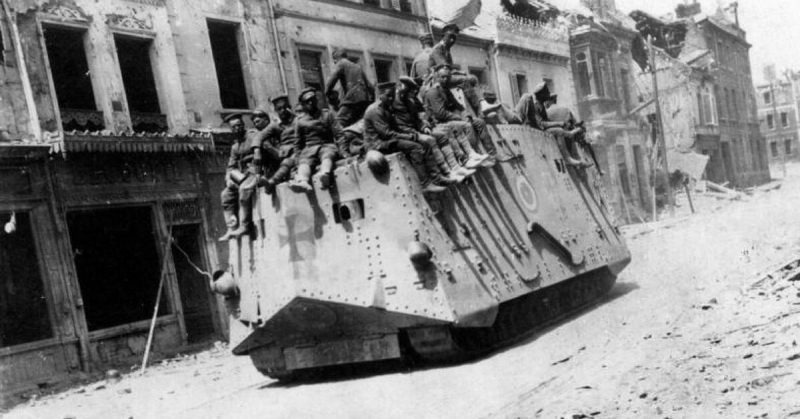In the spring of 1918, the Germans went on the attack. Over the course of five offensives, they turned the static warfare that had endured for most of the First World War into a mobile and changeable war. They came as close to victory as they had at any point.
The Offensives
The shift in German strategy occurred through a mixture of opportunity and necessity.
On the one hand, the Russian Revolution had ended fighting on the Eastern Front. Thousands of German soldiers were able to join their colleagues on the Western Front increasing their numbers from 150 divisions to 192.
On the other hand, the Americans had entered the war. The longer the Germans waited to attack, the more troops the Americans could raise and equip with their vast resources.
A knock-out blow was needed while Germany had an advantage. These offensives would be fought using two new tactics.
One was set out by Captain Herman Geyer in his book Der Angriff im Stellungskrieg – The Attack in Positional Warfare. Small, specialist units would punch through weak areas in the enemy lines using light machine guns and grenades. They would keep moving forward rather than remain to take down strong points, leaving these for follow-up troops.
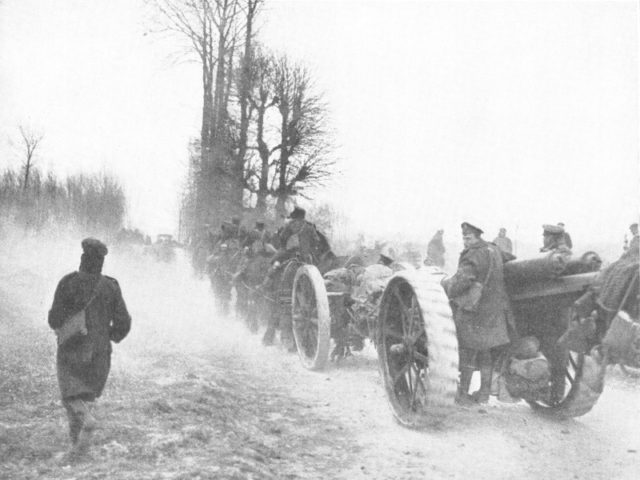
Before the attack, the way would be prepared by Colonel Georg Bruchmüller’s tactic of the “fire-waltz.” It combined suppressing fire against enemy artillery with a front-line bombardment that mixed high explosive, smoke, tear gas, and poison gas shells.
Operation Michael
The first advance, Operation Michael, began on March 21, 1918.
From 0440, the fire-waltz pounded 43 miles of British lines – such a vast stretch the Allies were left uncertain where the assault would occur. German troops, led by elite Stormtroopers, advanced behind a creeping barrage. By 1110, the British line had collapsed.
By the end of the first day, the Germans had made significant advances. They had incurred 40,000 casualties; the British 38,500.
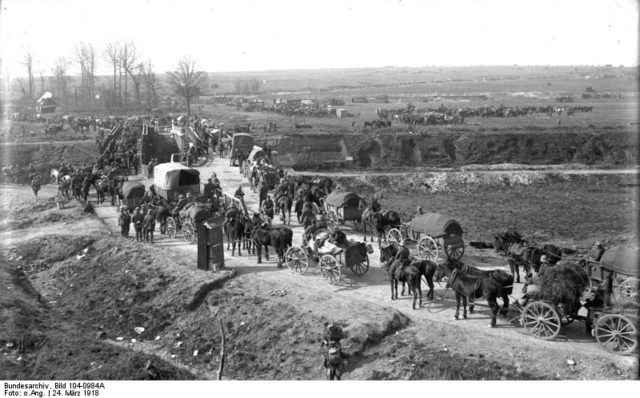
The next few days saw aggressive advances, as the Germans tried to split the British and French armies apart. However, the Allied retreat prevented them from achieving their aim. The territory they took had been devastated by the war, and nothing of strategic value could be accomplished east of Amiens, so they pushed toward that city.
Over the next month, the Germans pressed on, but they were losing impetus. The nature of their tactics meant they were losing many of the Stormtroopers, their best troops.
April 24 saw the first tank versus tank battle in history, at Villers-VBrettoneux near Amiens. After the tank battle, Australian troops led a counter-attack on the village for the second time in a month, holding the Germans back from Amiens.
Both sides had suffered an enormous loss of men and materials by the time the operation ended.
Operation Georgette
Meanwhile, on April 9, Operation Georgette began. It was an advance through Flanders trying to reach Dunkirk and the Channel ports. Again, the British were forced to retreat. On April 11, General Haig appealed to his men, saying:
“The safety of our Homes and the Freedom of mankind alike depend upon the conduct of each one of us at this critical moment.”
As so often in the war, the ridges around Ypres became the site of fierce fighting. Passchendaele, which the Allies had spent so much blood to take, was evacuated on April 15.
As the British fell back, the French moved up, bearing the brunt of the fighting in the second half of April. By the end of the month, each side had lost over 100,000 men. The Germans had advanced, but the Allied line still held.
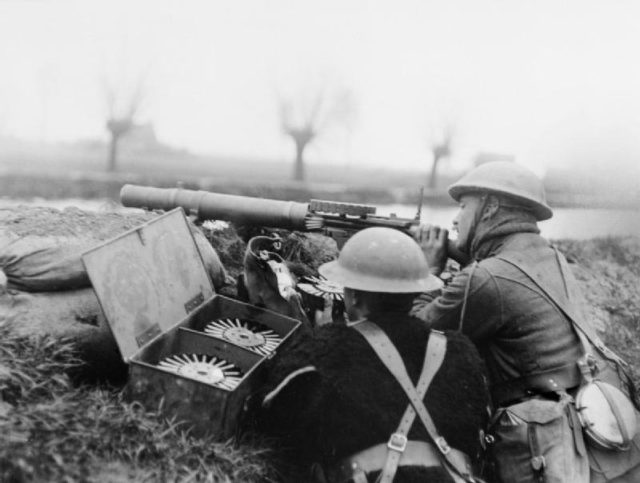
Operation Blücher-Yorck
The Germans wanted to draw the French away from Flanders and the defense of the Channel coast. To do this, they launched a strike towards Paris, something they felt the French could not ignore.
At 0100 on May 27, German shells rained down on the previously quiet Chemin des Dames ridge. Taken completely by surprise, the Allied defenders were overrun by the advancing German assault troops. Despite a few pockets of heroic resistance, the Allies were routed.
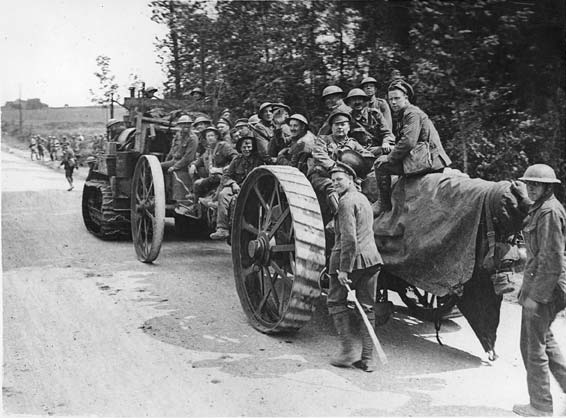
There was only one hope. American troops recently arrived in France, were thrown into the breach.
On June 1, the rapidly advancing Germans in the Marne Valley found themselves facing a wall of machine gun fire. The Americans had reached the front line. The new arrivals fought a series of defensive actions and counter-attacks.
The most intense fighting came at Belleau Wood. It was a strategically important position. The Germans, having taken it, were determined to cling on. The Americans were equally determined to take it. Waves of their men were mown down in assaults across open ground. Artillery smashed the wood to splinters so no-one could find their bearings in the featureless wasteland that had once been beautiful countryside. At last, on June 25, an American assault drove the Germans back.
The Americans had proved their worth, but at great cost.
Operation Gneisenau
Trying to bypass the Americans, on June 9, General Ludendorff launched Operation Gneisenau. The attack on the River Matz got off to a rough start when French artillery opened fire before the Germans could. Still, the German’s made substantial advances in the first two days.
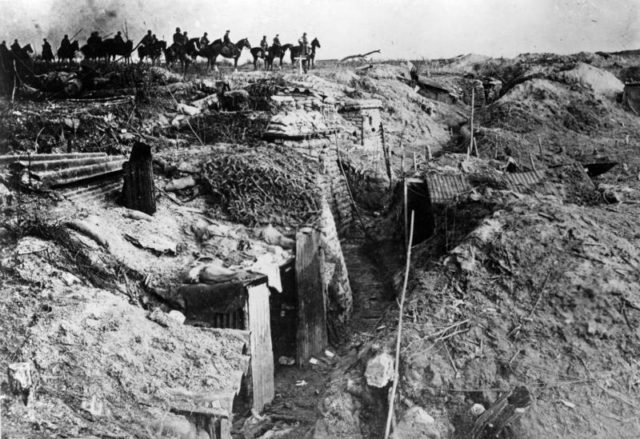
On June 11, a French and American counter-attack hit the German flank. Skipping the preliminary artillery barrage and instead using tanks and aircraft to support the infantry, they caught the Germans by surprise. The Germans were pushed back from the ground they had taken, and the operation ended on June 13.
Operation Friedensturm
On July 15, Ludendorff launched his last attempt at a breakthrough offensive; Operation Friedensturm. It was another attempt to cross the Marne and drive for Paris.
Again, he was halted by a combination of American and French troops. Intelligence had told them an attack was imminent and they were ready. The initial German assault encountered near-empty positions, as the Allies had pulled back to stronger defenses. When the Germans advanced, they found themselves faced with pockets of determined American infantry, clinging on and fighting back with guns, bombs, and bayonets. The US Third Division earned the nickname “The Rock of the Marne.”
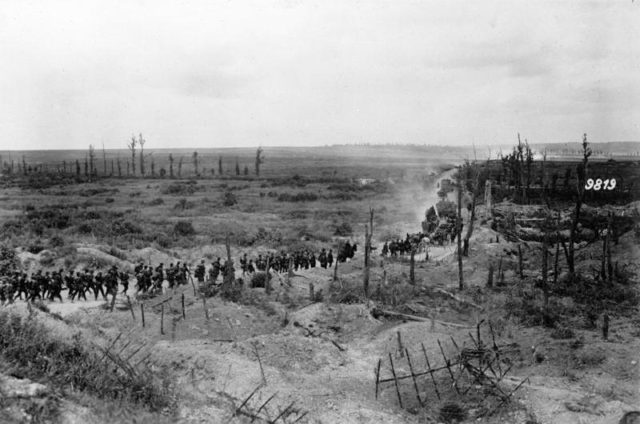
Air power proved crucial in supporting the Allied troops. Attacks on supply depots forced the Germans to pull back their aircraft, leaving their front lines exposed to aerial attack.
The fifth and final German offensive came to a halt. Over the course of the assaults, they had lost over a million men killed, captured, or wounded, and inflicted similar losses on the Allies. In doing so, the Germans had spent the last of their resources, while American troops and steel were pouring in.
The breakout was unsuccessful. The Germans had lost their last chance to win World War One.
Source:
Martin Marix Evans (2002), Over the Top: Great Battles of the First World War.
